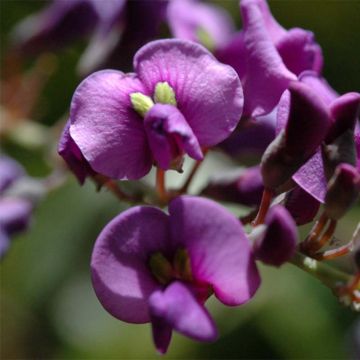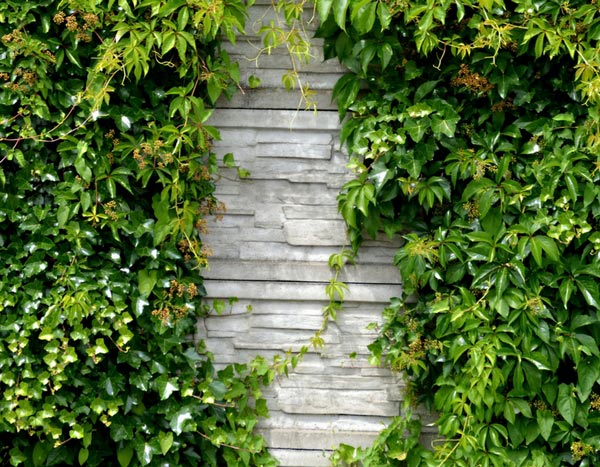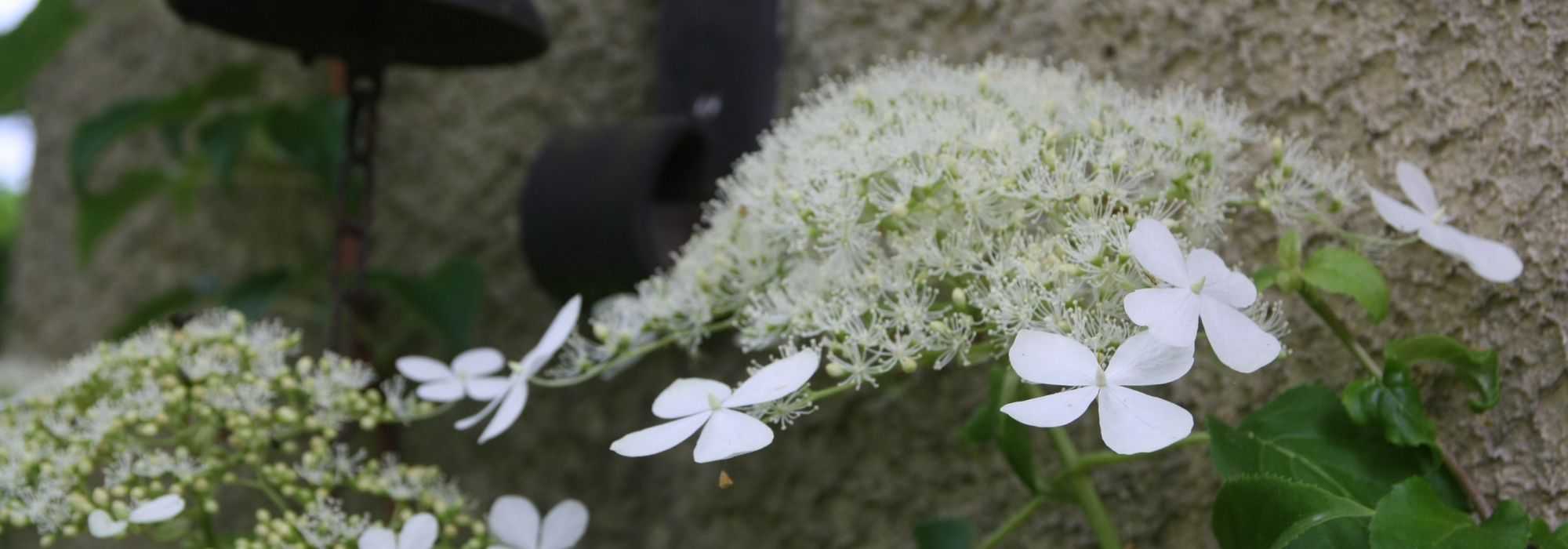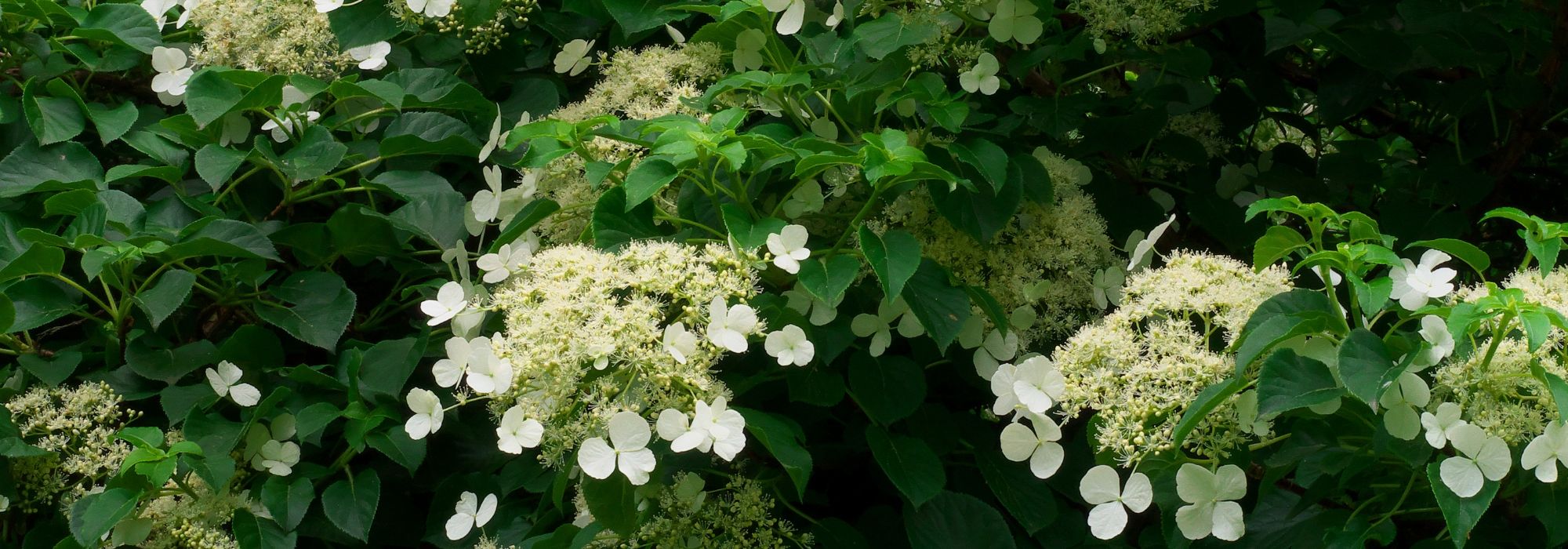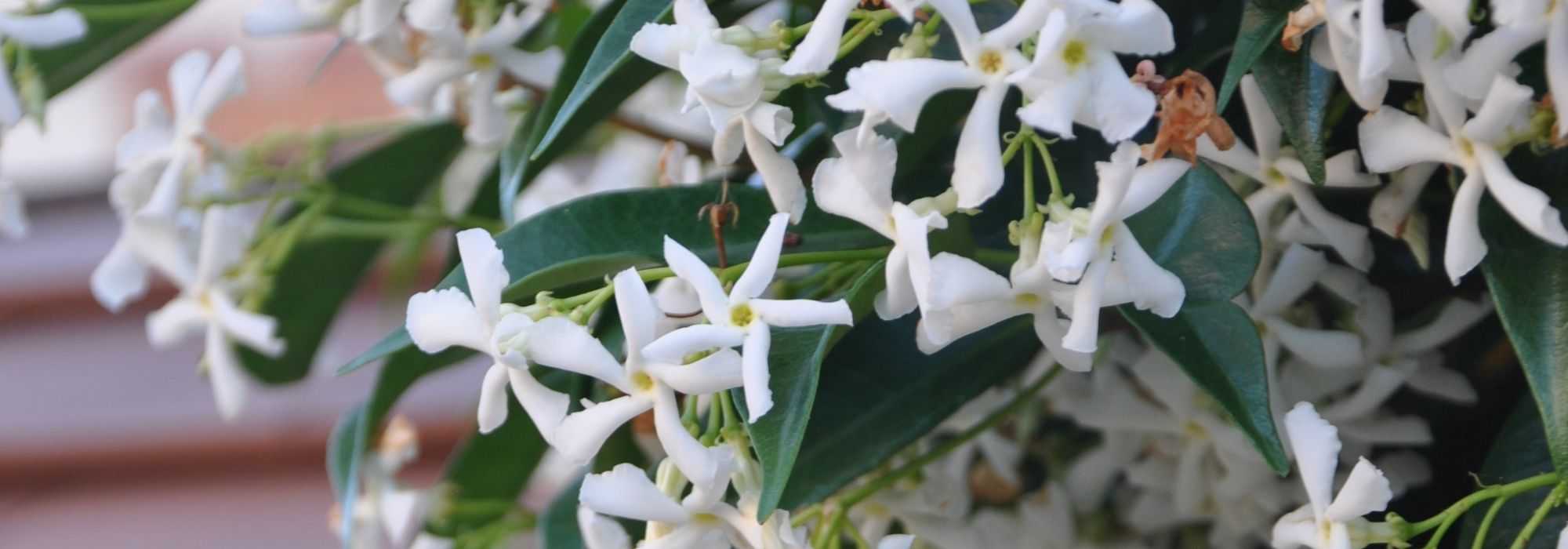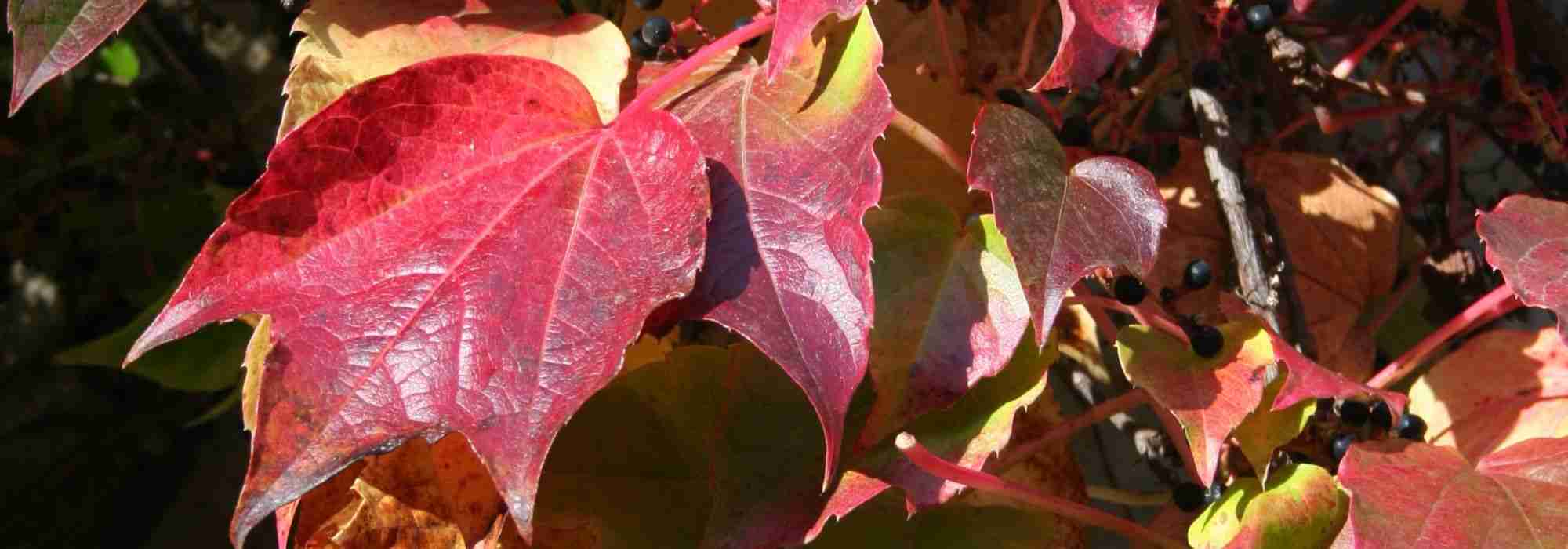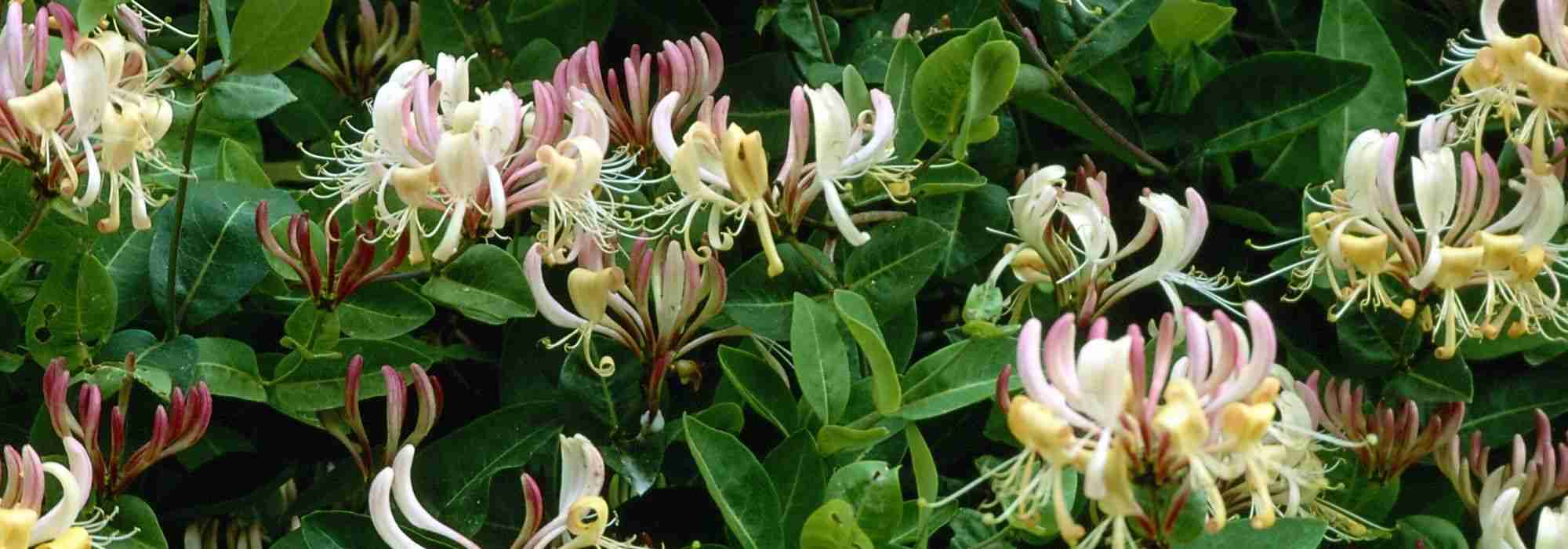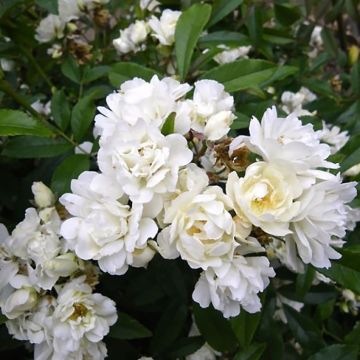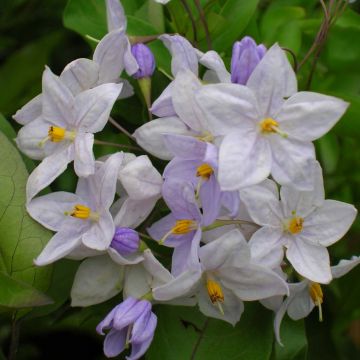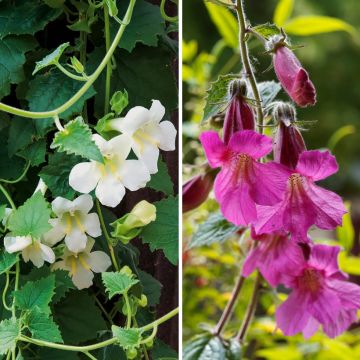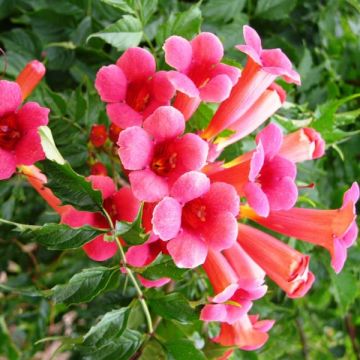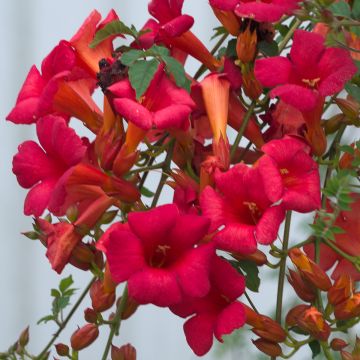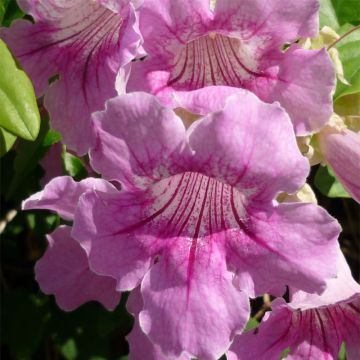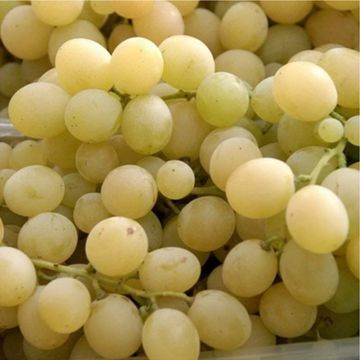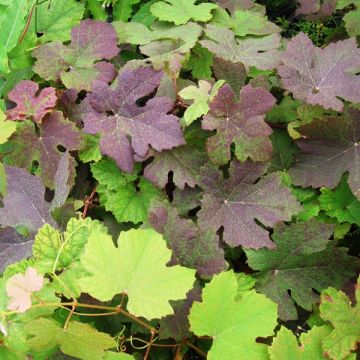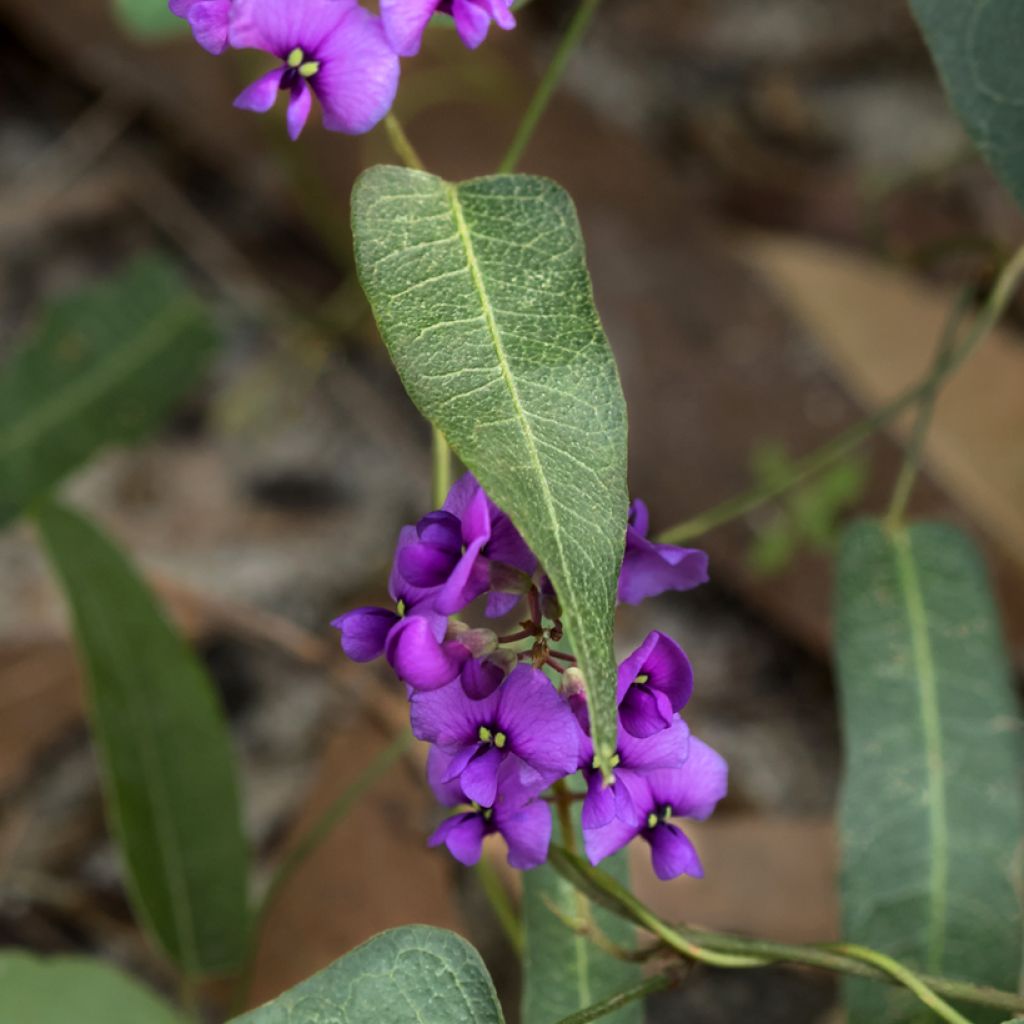

Hardenbergia violacea Meema - Dwarf Australian Wisteria
Hardenbergia violacea Meema - Dwarf Australian Wisteria
Hardenbergia violacea 'HB1' MEEMA™
Purple Coral Pea, False Sarsaparilla, Vine Lilac
Special offer!
Receive a €20 voucher for any order over €90 (excluding delivery costs, credit notes, and plastic-free options)!
1- Add your favorite plants to your cart.
2- Once you have reached €90, confirm your order (you can even choose the delivery date!).
3- As soon as your order is shipped, you will receive an email containing your voucher code, valid for 3 months (90 days).
Your voucher is unique and can only be used once, for any order with a minimum value of €20, excluding delivery costs.
Can be combined with other current offers, non-divisible and non-refundable.
Home or relay delivery (depending on size and destination)
Schedule delivery date,
and select date in basket
This plant carries a 6 months recovery warranty
More information
We guarantee the quality of our plants for a full growing cycle, and will replace at our expense any plant that fails to recover under normal climatic and planting conditions.
Would this plant suit my garden?
Set up your Plantfit profile →
Description
The Hardenbergia violacea 'Meema' 'HB1' is a selection of dwarf Australian wisteria that forms a spectacular ground cover. This variety of violet Hardenbergia, with short and well-branched voluble stems, develops into a wide-spreading dome bush when it does not find support to climb. Its long and abundant spring flowering forms clusters of small mauve-purple flowers. The plant is adorned with long green leaves that persist if the winter is not too harsh. Outside of our mildest regions, it will be cultivated in a pot to protect it from frost, in a cold greenhouse or a conservatory.
The Hardenbergia violacea 'Meema' is a horticultural selection, probably Australian. The typical species is a voluble climbing plant of the Fabaceae family native to the east and southeast of Australia. It is present along the coast in the western part of New South Wales, the southeastern part of southern Queensland, and southern Tasmania. It can be found growing in wooded areas or heathlands. Not very hardy, this Australian sarsaparilla is, however, well adapted to dry summers.
The Australian Wisteria 'Meema' will quickly reach a height of 50 cm with a spread of 2 m without support. Used as a climber, it will rise to 2 m in height while remaining denser at the base than climbing selections of Hardenbergia. From February to June, its branches bear on thin quadrangular and quite brittle stems, short racemes of 20 to 30 small flowers (8 mm in diameter) gradually opening from the top to the bottom of the inflorescence. Their colour is violet, nuanced with pink and purple, and the upper petal, wider, has two pale yellow dots at the base. This nectariferous and melliferous flowering is followed by the formation of small dark brown flat pods containing 6 to 8 brown seeds that retain their seed viability for a long time, revealed by the passage of fire in their natural environment. The foliage comprises lanceolate, ovate leaves with 8 to 10-cm long cordate bases arranged alternately on the stems. Their colour is a medium green, crossed by a large vein of a lighter green. The foliage persists if the temperature does not drop below -5 °C.
It is not very hardy. The Hardenbergia violacea 'Meema' should be brought indoors in winter in most climates, and the plant does not like limestone very much. It is a somewhat delicate culture that is worth it. Coastal gardeners will use it as a ground cover or in a large border in front of a shrub mass composed of Evergreen Ceanothus, Leucophyllum, Westringia, and other Callistemons. These shrubs will bring structure and height to the mass. You can also integrate the Hardenbergia violacea 'Meema' 'HB1' into a perennial massif such as Blue-flowered Agastaches, Shrubby Salvias, Nepetas, Gauras, and Penstemons.
Report an error about the product description
Plant habit
Flowering
Foliage
Botanical data
Hardenbergia
violacea
'HB1' MEEMA™
Fabaceae
Purple Coral Pea, False Sarsaparilla, Vine Lilac
Cultivar or hybrid
Other Hardenbergia
View all →Planting and care
Handerbergia violacea 'Meema' is a relatively delicate plant to grow: it needs acidic, humus-rich, well-drained soil, ideally a mixture of peat, garden soil, sand and leaf compost. Failing that, a mixture of ericaceous and garden soil. It can withstand light frosts down to -5°C, so it must be brought in during the winter in many regions. It flowers best in full sun but is perfectly acceptable in semi-shade in warm, very sunny climates. Once well rooted in the ground, this plant can withstand dry summers. If grown in a pot, it will need regular watering.
Planting period
Intended location
Care
Planting & care advice
This item has not been reviewed yet - be the first to leave a review about it.
Similar products
Haven't found what you were looking for?
Hardiness is the lowest winter temperature a plant can endure without suffering serious damage or even dying. However, hardiness is affected by location (a sheltered area, such as a patio), protection (winter cover) and soil type (hardiness is improved by well-drained soil).

Photo Sharing Terms & Conditions
In order to encourage gardeners to interact and share their experiences, Promesse de fleurs offers various media enabling content to be uploaded onto its Site - in particular via the ‘Photo sharing’ module.
The User agrees to refrain from:
- Posting any content that is illegal, prejudicial, insulting, racist, inciteful to hatred, revisionist, contrary to public decency, that infringes on privacy or on the privacy rights of third parties, in particular the publicity rights of persons and goods, intellectual property rights, or the right to privacy.
- Submitting content on behalf of a third party;
- Impersonate the identity of a third party and/or publish any personal information about a third party;
In general, the User undertakes to refrain from any unethical behaviour.
All Content (in particular text, comments, files, images, photos, videos, creative works, etc.), which may be subject to property or intellectual property rights, image or other private rights, shall remain the property of the User, subject to the limited rights granted by the terms of the licence granted by Promesse de fleurs as stated below. Users are at liberty to publish or not to publish such Content on the Site, notably via the ‘Photo Sharing’ facility, and accept that this Content shall be made public and freely accessible, notably on the Internet.
Users further acknowledge, undertake to have ,and guarantee that they hold all necessary rights and permissions to publish such material on the Site, in particular with regard to the legislation in force pertaining to any privacy, property, intellectual property, image, or contractual rights, or rights of any other nature. By publishing such Content on the Site, Users acknowledge accepting full liability as publishers of the Content within the meaning of the law, and grant Promesse de fleurs, free of charge, an inclusive, worldwide licence for the said Content for the entire duration of its publication, including all reproduction, representation, up/downloading, displaying, performing, transmission, and storage rights.
Users also grant permission for their name to be linked to the Content and accept that this link may not always be made available.
By engaging in posting material, Users consent to their Content becoming automatically accessible on the Internet, in particular on other sites and/or blogs and/or web pages of the Promesse de fleurs site, including in particular social pages and the Promesse de fleurs catalogue.
Users may secure the removal of entrusted content free of charge by issuing a simple request via our contact form.
The flowering period indicated on our website applies to countries and regions located in USDA zone 8 (France, the United Kingdom, Ireland, the Netherlands, etc.)
It will vary according to where you live:
- In zones 9 to 10 (Italy, Spain, Greece, etc.), flowering will occur about 2 to 4 weeks earlier.
- In zones 6 to 7 (Germany, Poland, Slovenia, and lower mountainous regions), flowering will be delayed by 2 to 3 weeks.
- In zone 5 (Central Europe, Scandinavia), blooming will be delayed by 3 to 5 weeks.
In temperate climates, pruning of spring-flowering shrubs (forsythia, spireas, etc.) should be done just after flowering.
Pruning of summer-flowering shrubs (Indian Lilac, Perovskia, etc.) can be done in winter or spring.
In cold regions as well as with frost-sensitive plants, avoid pruning too early when severe frosts may still occur.
The planting period indicated on our website applies to countries and regions located in USDA zone 8 (France, United Kingdom, Ireland, Netherlands).
It will vary according to where you live:
- In Mediterranean zones (Marseille, Madrid, Milan, etc.), autumn and winter are the best planting periods.
- In continental zones (Strasbourg, Munich, Vienna, etc.), delay planting by 2 to 3 weeks in spring and bring it forward by 2 to 4 weeks in autumn.
- In mountainous regions (the Alps, Pyrenees, Carpathians, etc.), it is best to plant in late spring (May-June) or late summer (August-September).
The harvesting period indicated on our website applies to countries and regions in USDA zone 8 (France, England, Ireland, the Netherlands).
In colder areas (Scandinavia, Poland, Austria...) fruit and vegetable harvests are likely to be delayed by 3-4 weeks.
In warmer areas (Italy, Spain, Greece, etc.), harvesting will probably take place earlier, depending on weather conditions.
The sowing periods indicated on our website apply to countries and regions within USDA Zone 8 (France, UK, Ireland, Netherlands).
In colder areas (Scandinavia, Poland, Austria...), delay any outdoor sowing by 3-4 weeks, or sow under glass.
In warmer climes (Italy, Spain, Greece, etc.), bring outdoor sowing forward by a few weeks.






























